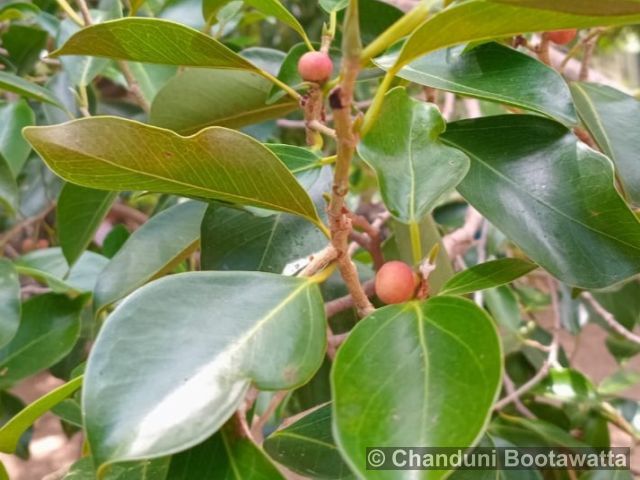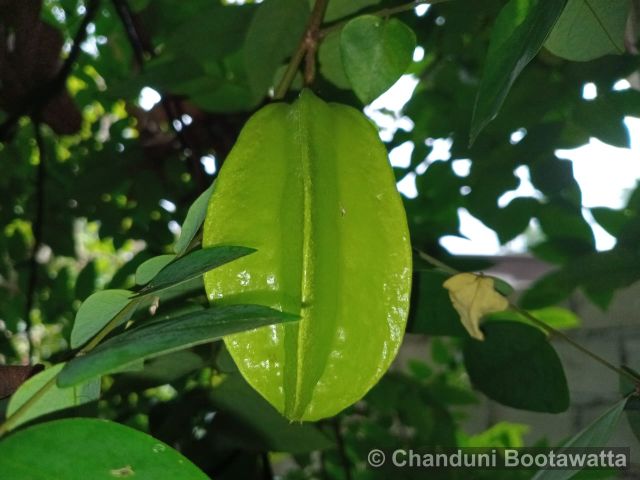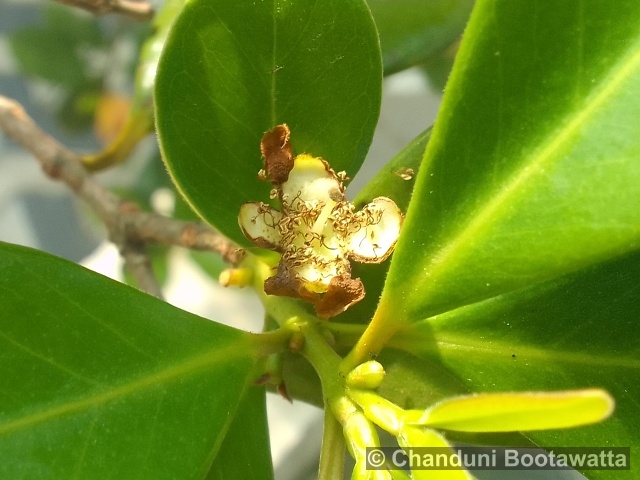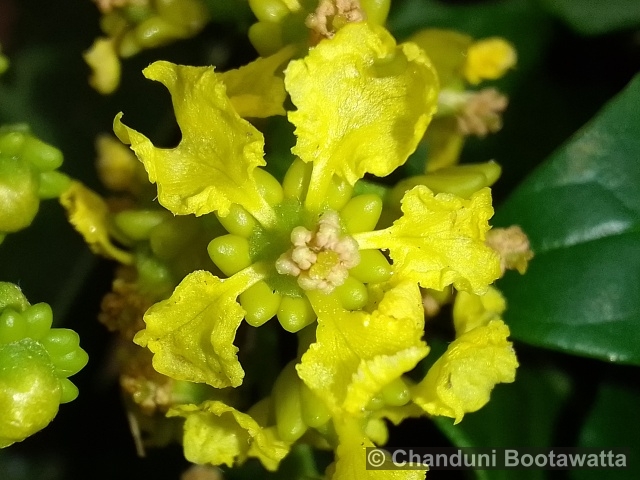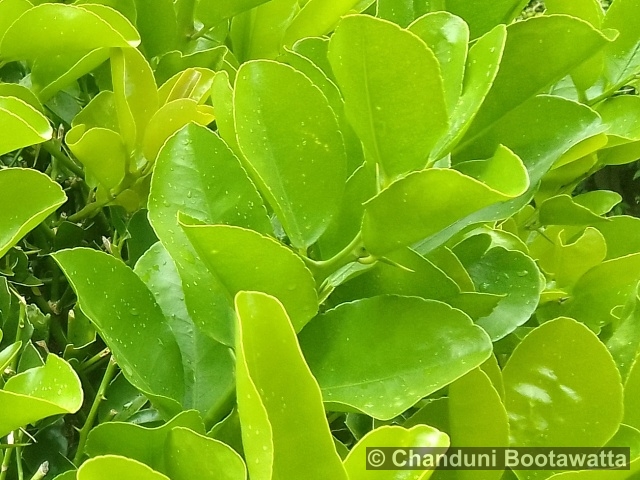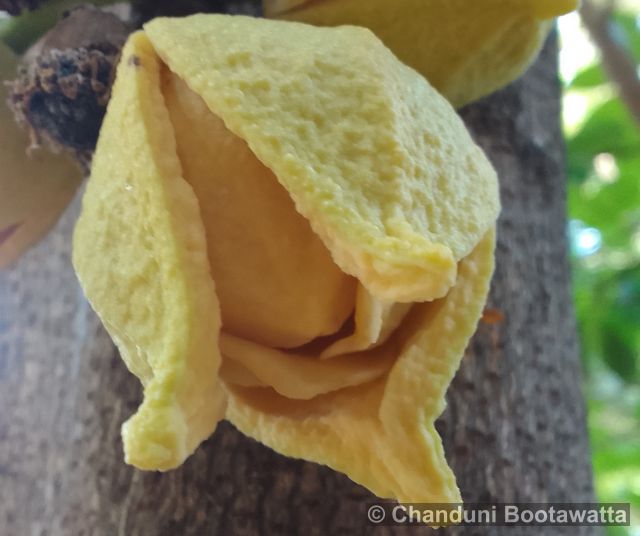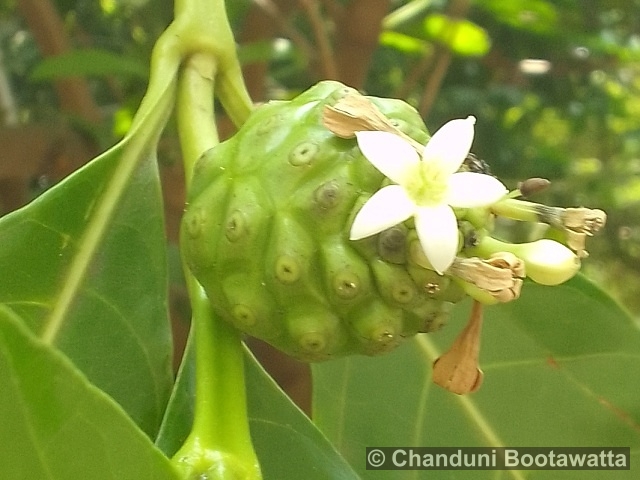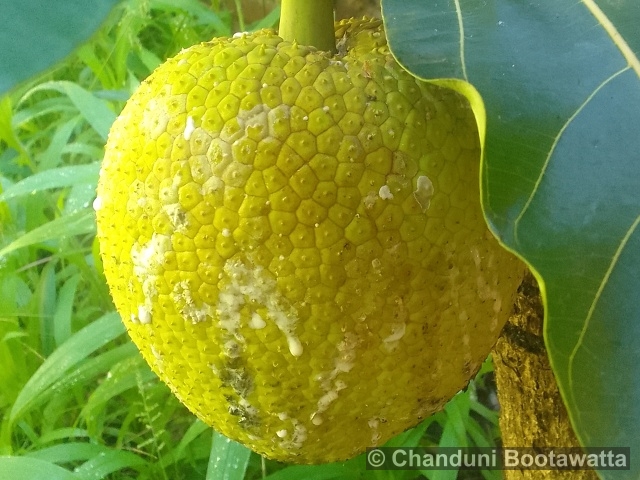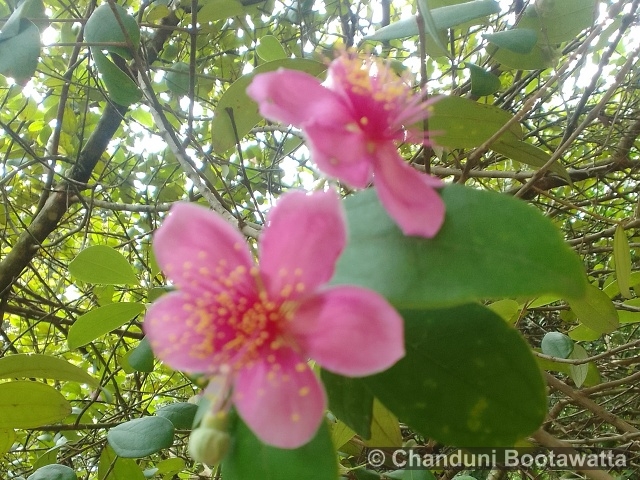Tento příspěvek byl přečten391krát!
Golden apple, pommecythere or cythere, vī
Syn: Spondias cytherea Sonnerat
Family: Anacardiaceae
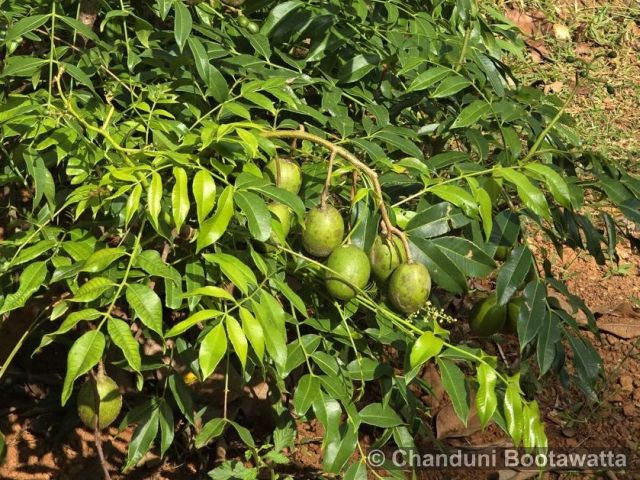
Description: Is a tropical fruit tree characterized by its glossy, pinnate leaves and a straight, cylindrical stem with rough, grayish bark. The tree produces small, fragrant, white flowers in clusters, which later develop into oval, greenish-yellow fruits. These fruits have a crisp, fibrous flesh with a tart flavor, often enjoyed fresh or in juices, chutneys, and preserves. The plant has medicinal uses, with various parts being used in traditional remedies for ailments like digestive issues and infections. The leaves are also edible and used in salads or cooked dishes.
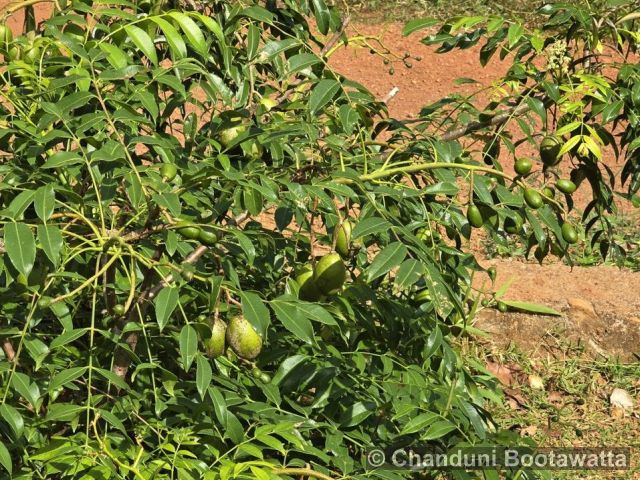
Substitutions – Spondias mombin (Hog Plum): This species produces small, yellow to orange fruits with a sweet-tart flavor, often used in preserves, juices, and traditional medicine. – Spondias purpurea (Purple Mombin or Jocote): Known for its reddish-purple fruits, this species has a slightly sweeter taste and is popular in Central American cuisine for fresh eating, jams, and beverages. – Spondias pinnata (Wild Mango or Hog Plum): Similar in appearance and taste to Spondias dulcis, this species produces oval, yellow fruits that are used in cooking, pickling, and traditional medicine.
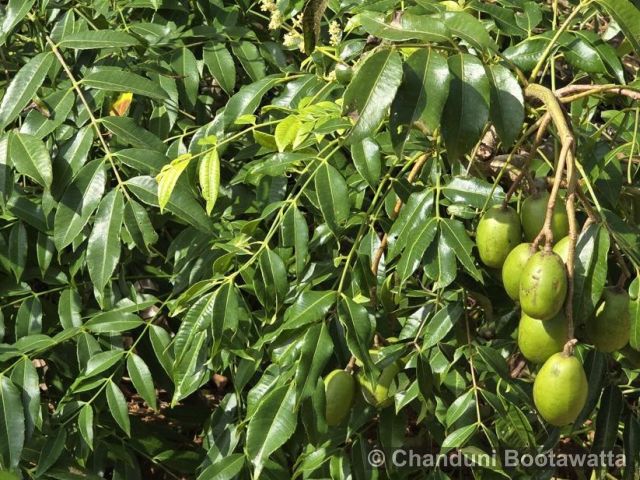
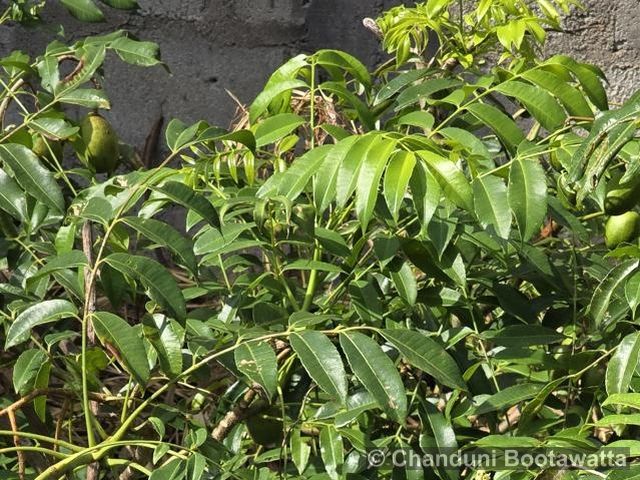
Ecology: Thrives in well-drained, fertile soils, warm tropical climates with temperatures between 20°C to 30°C, requires moderate to high rainfall (1,500 to 2,500 mm annually), and needs full sunlight for optimal growth.
General Distribution: Generally distributed across tropical regions worldwide, including Southeast Asia, the Pacific Islands, the Caribbean, Central America, and parts of Africa.
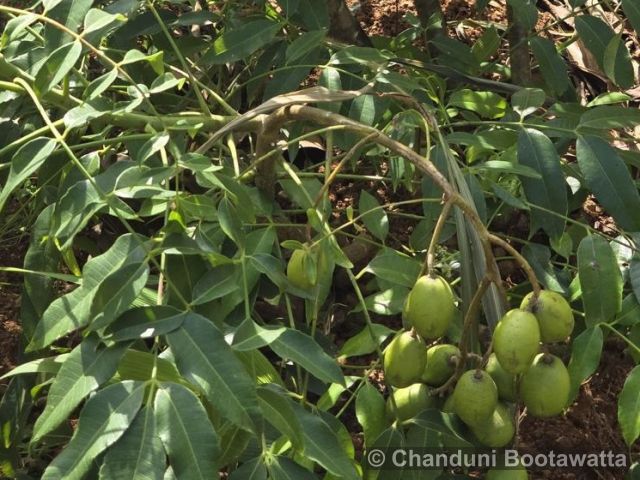
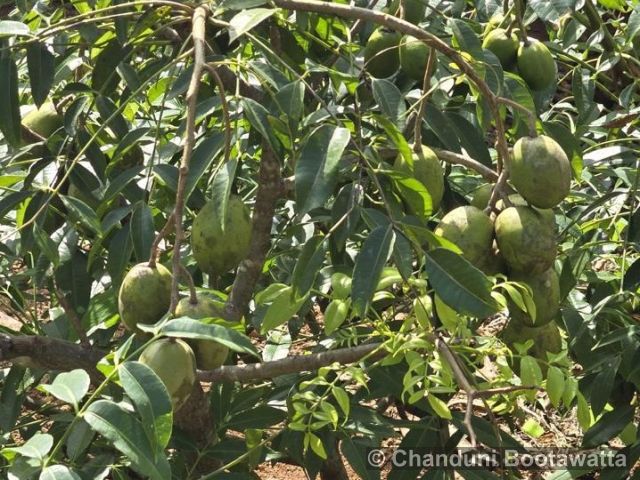
Use: The plant has medicinal uses, with various parts being used in traditional remedies for ailments like digestive issues and infections. The leaves are also edible and used in salads or cooked dishes.
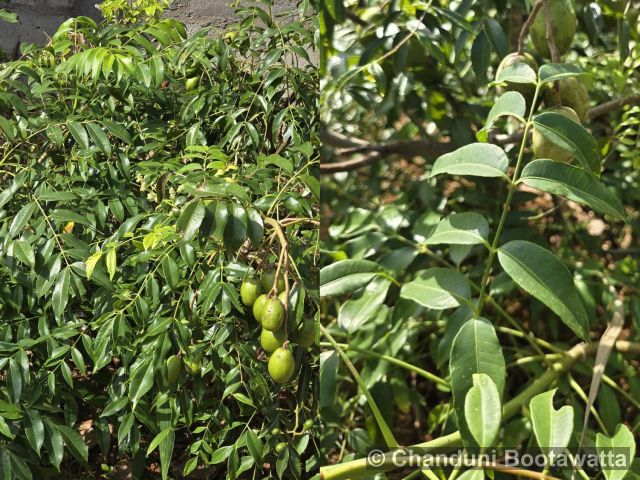
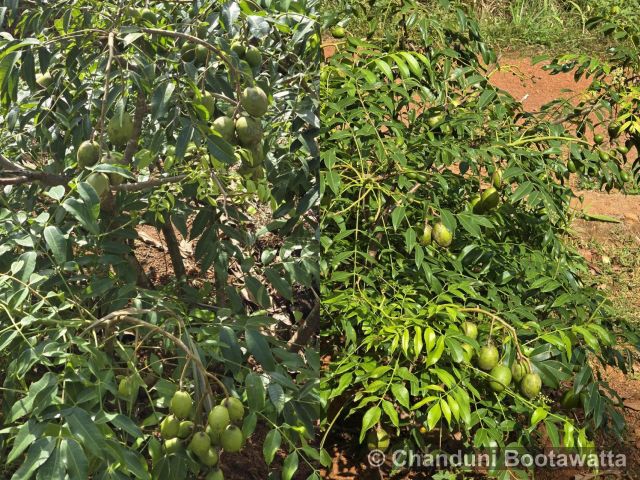
Author of text and photos: Chanduni Bootawatta.
Photographed in Matale, Sri Lanka on 21 August 2024.




 Poslat emailem
Poslat emailem